FREE Shipping on Orders over $89 with Account – Create One Today!
- (844)-859-9400
- Get Help
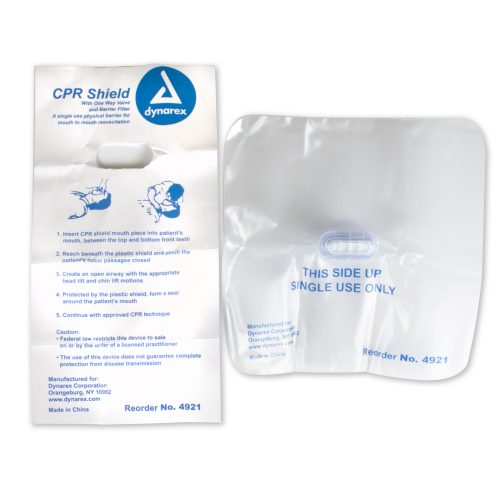
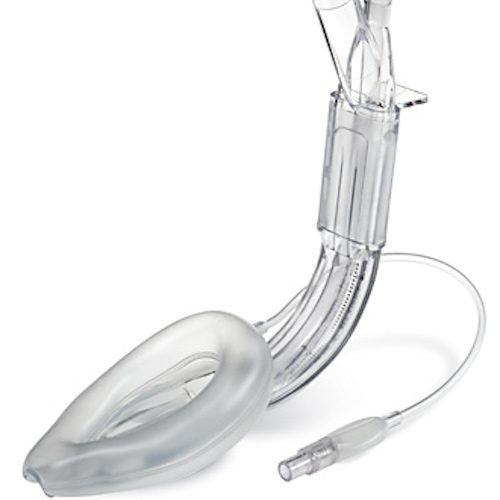
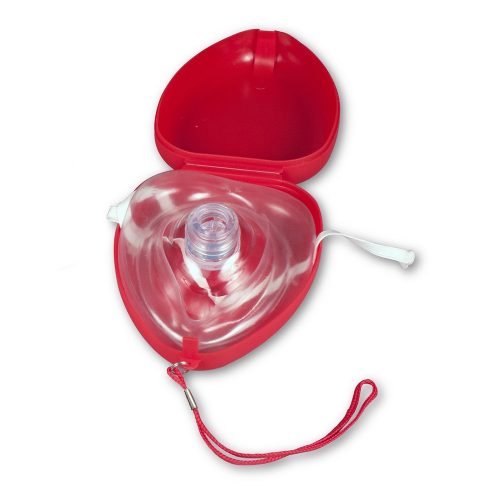
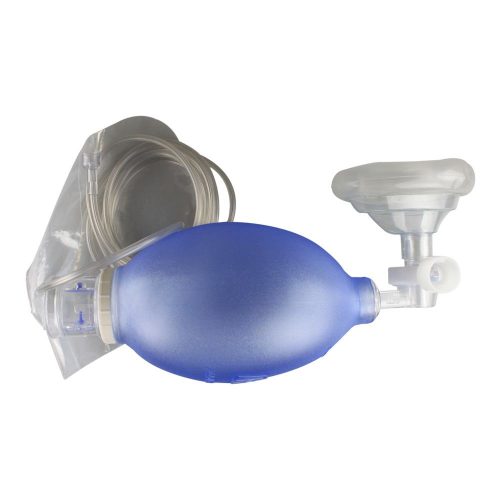
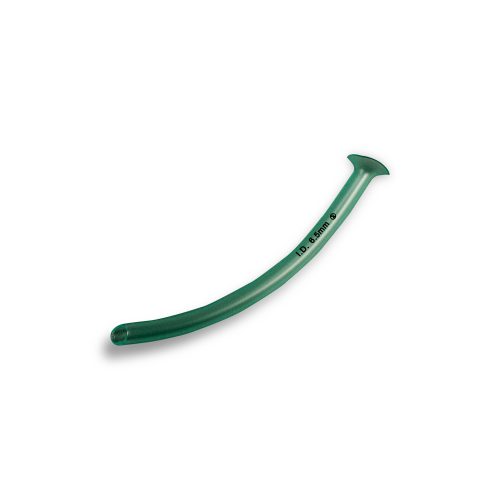
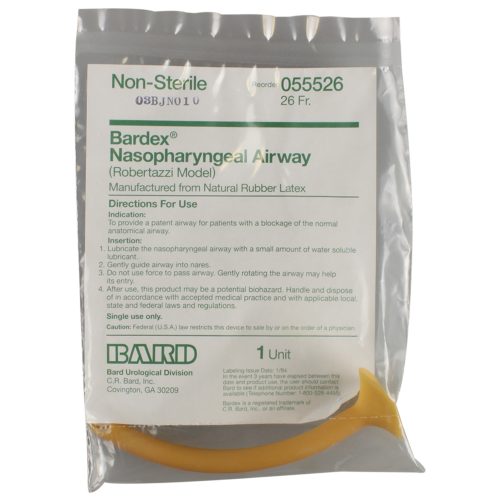






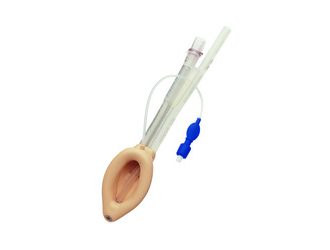


In emergency cases where a patient’s airway is obstructed, it can become life-threatening due to the low oxygen levels going to the brain. That’s why airway management is a skill that caregivers, health professionals, and EMS must have to prevent this incident from becoming serious. Fortunately, Medical Monks offer a variety of air management supplies used in these situations.
Urgency is required during accidents where an individual is severely injured and lost consciousness. In cases like these, it’s crucial to apply airway management using nasal or oral respirators to ensure that the patient has adequate oxygen going to their brain. Most of the time, EMS and medical professionals provide airway management.
Airway management is even more critical if a patient has a cardiac arrest. It’s because the patient’s oxygen level must remain stable for them to be successfully resuscitated. You may use a manual resuscitator and reusable resuscitator in these cases. These supplies are used mainly in the hospital or by first responders.
There are different types of supplies used for airway management. These are the following:
As a medical professional or someone taking care of a critically-ill patient, you must have all the tools you need if an emergency happens. You can get yours here at Medical Monks, and there are many airway management products to choose from that can meet the needs of your patients.
